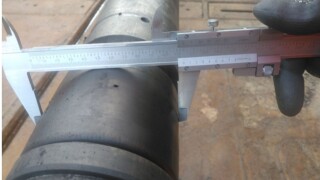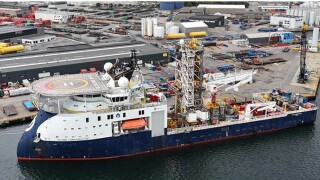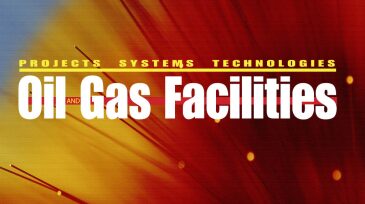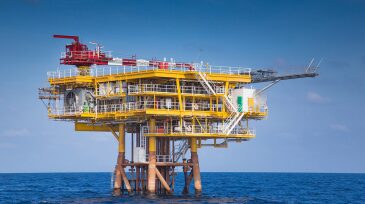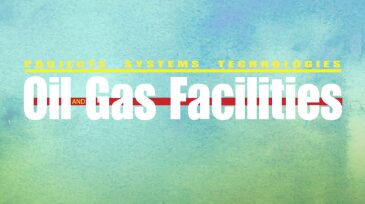Offshore/subsea systems
The company has installed an autonomous drone system on Aker BP’s Edvard Grieg platform in the North Sea, enabling frequent, remote inspections from shore.
This paper describes the use of coiled tubing in a pilot project for carbon dioxide injection, enabling evaluation of the conversion of an existing oil field for CCS purposes and derisking storage-development uncertainties before having to cease hydrocarbon production.
This paper describes the first riserless coiled tubing services operation performed in a live subsea well and the associated improvements in efficiency, cost savings, and safety.
-
Subsea processing is a significant technology that presents and will continue to bring many challenges and opportunities to the industry.
-
This paper summarizes the results of a qualification program that included a multiphase, subsea-separation system for shallow-water applications.
-
Because of extremely high internal and external pressures, unconventional separator designs must be used in ultradeepwater applications. A major operator has qualified a number of subsea technologies covering a wide range of operating conditions and fluid properties that encompass its subsea portfol
-
The value of new technology, and its ROI, is examined. Understanding the value proposition is not a trivial matter. When investing in facilities technologies, we have traditionally looked to invest in those that will reduce Capex or Opex. But what about niche technologies?
-
This paper analyzes the various selection methods of integrated template structures (ITSs) for use in the Arctic environment. Operation and installation of subsea modules in the Barents Sea are also analyzed in this paper.
-
As production from mature basins onshore and in shallow water declines, the development of deepwater reserves has become vital. Consequently, production and Capex are expected to rise.
-
Linhua4-1 was China’s first tieback subsea development project. To develop this marginal oil field, a number of technical challenges were overcome through a series of new technologies, and their successful development and implementation.
-
As offshore development moves into deeper waters, harsh environments, and longer distances, the economic and practical advantages of moving as many components to the seafloor as possible has become a driving factor in technology development.
-
There is an increasing need to understand the strength and durability of subsea wellheads and conductors.
-
This paper demonstrates a design methodology that combines the API and American Society of Mechanical Engineers (ASME) Boiler and Pressure Vessels Code (BPVC) for designing an example subsea pressure containing component for HP/HT conditions greater than 15,000 psi and 250°F.


